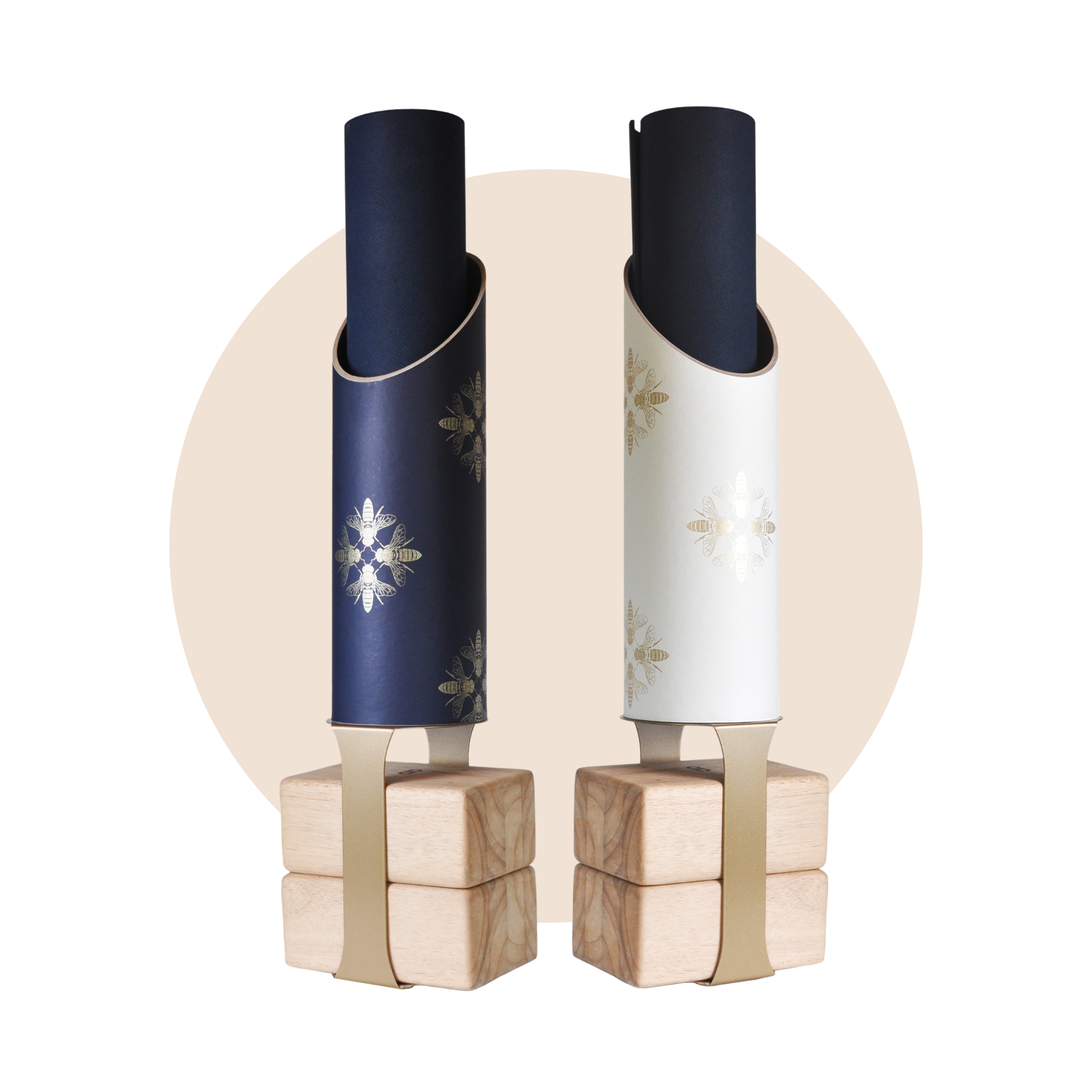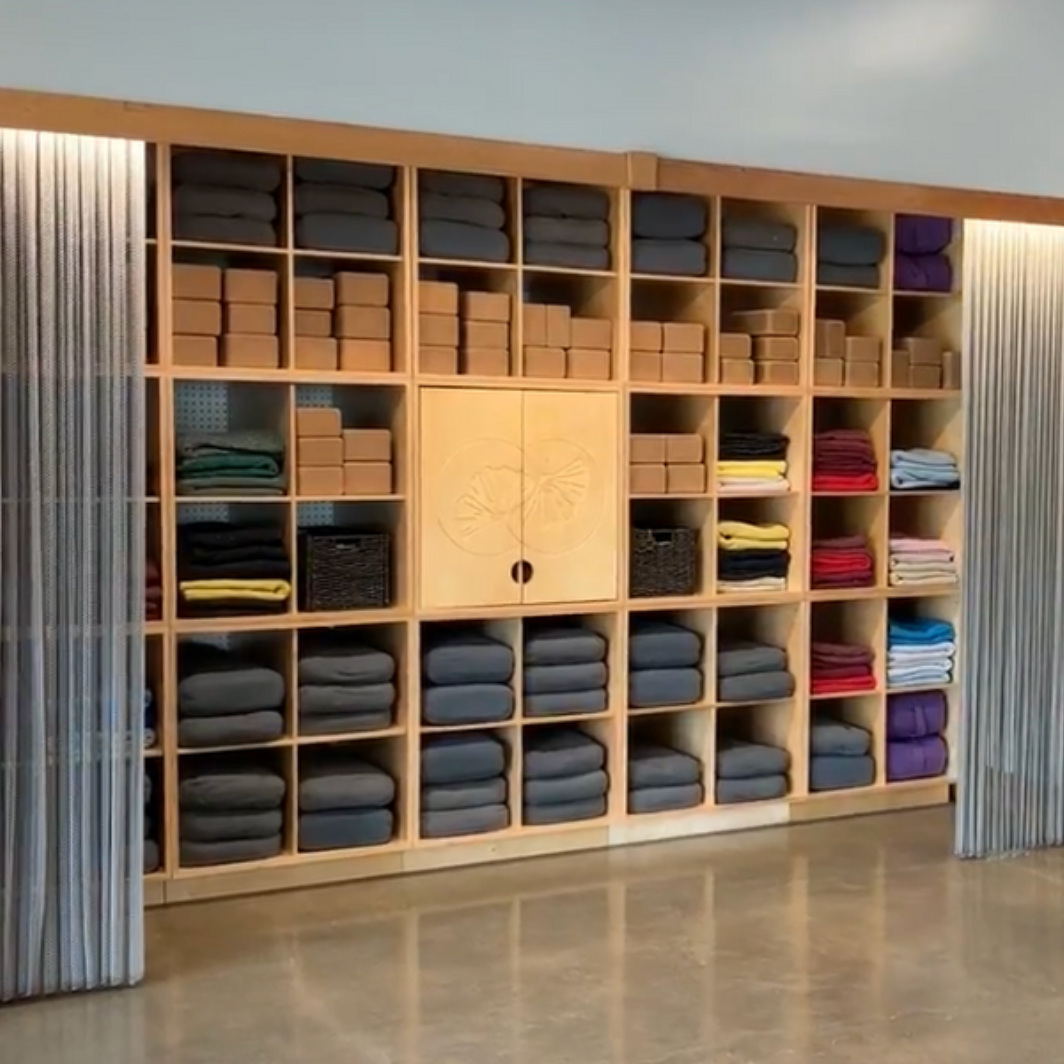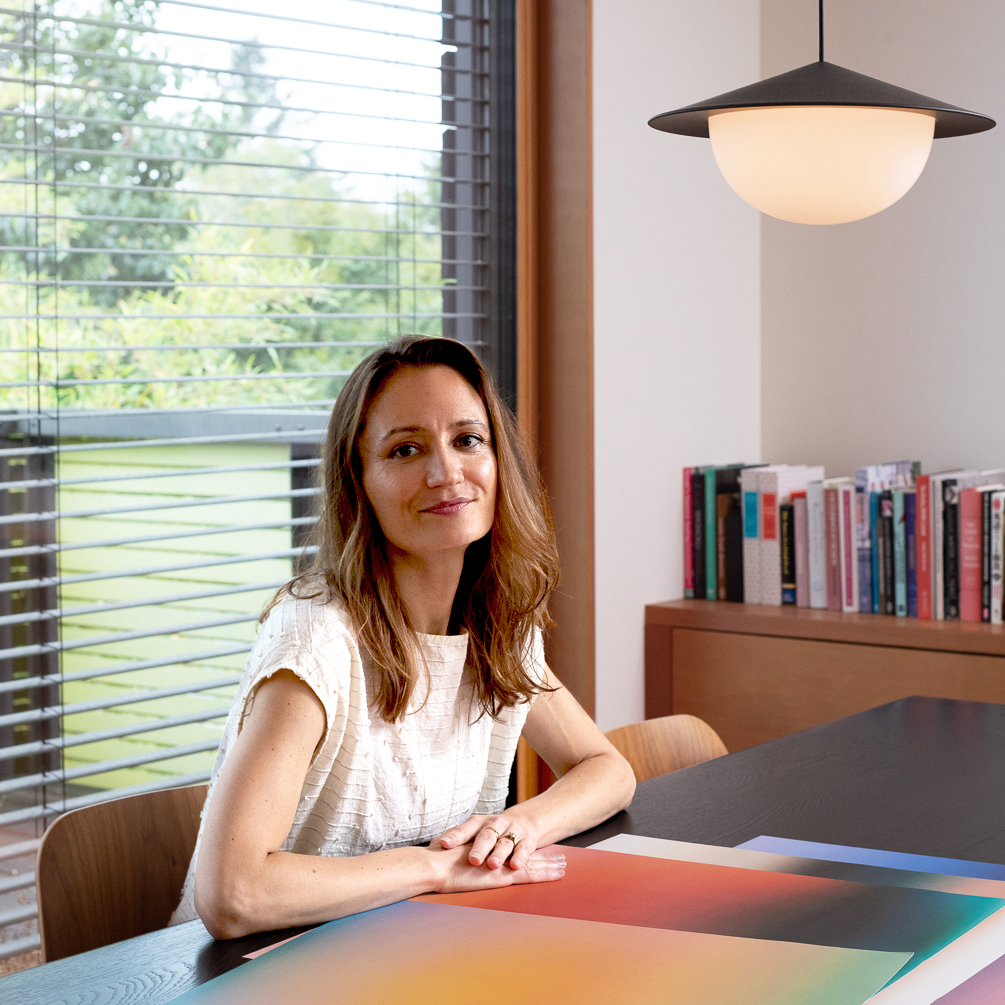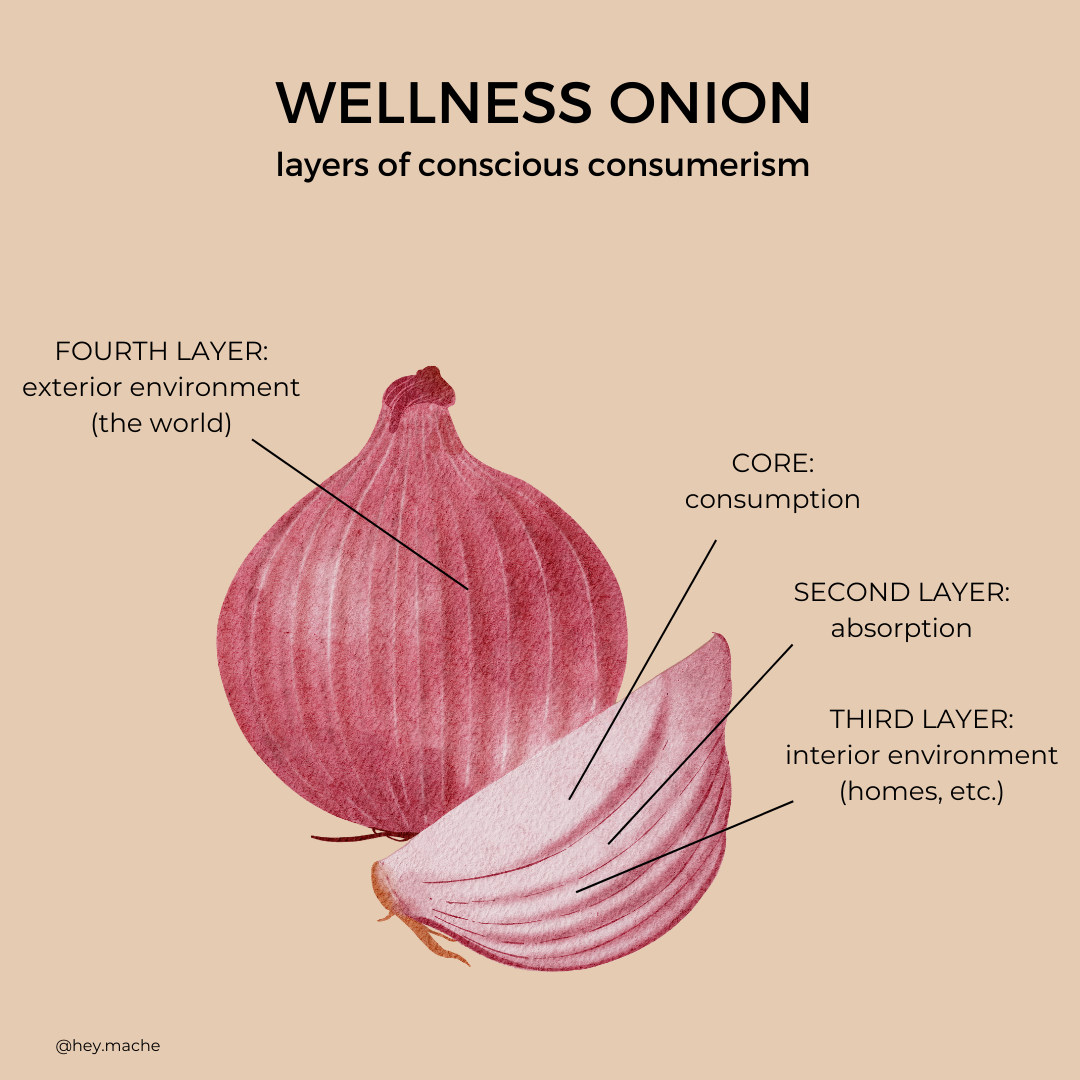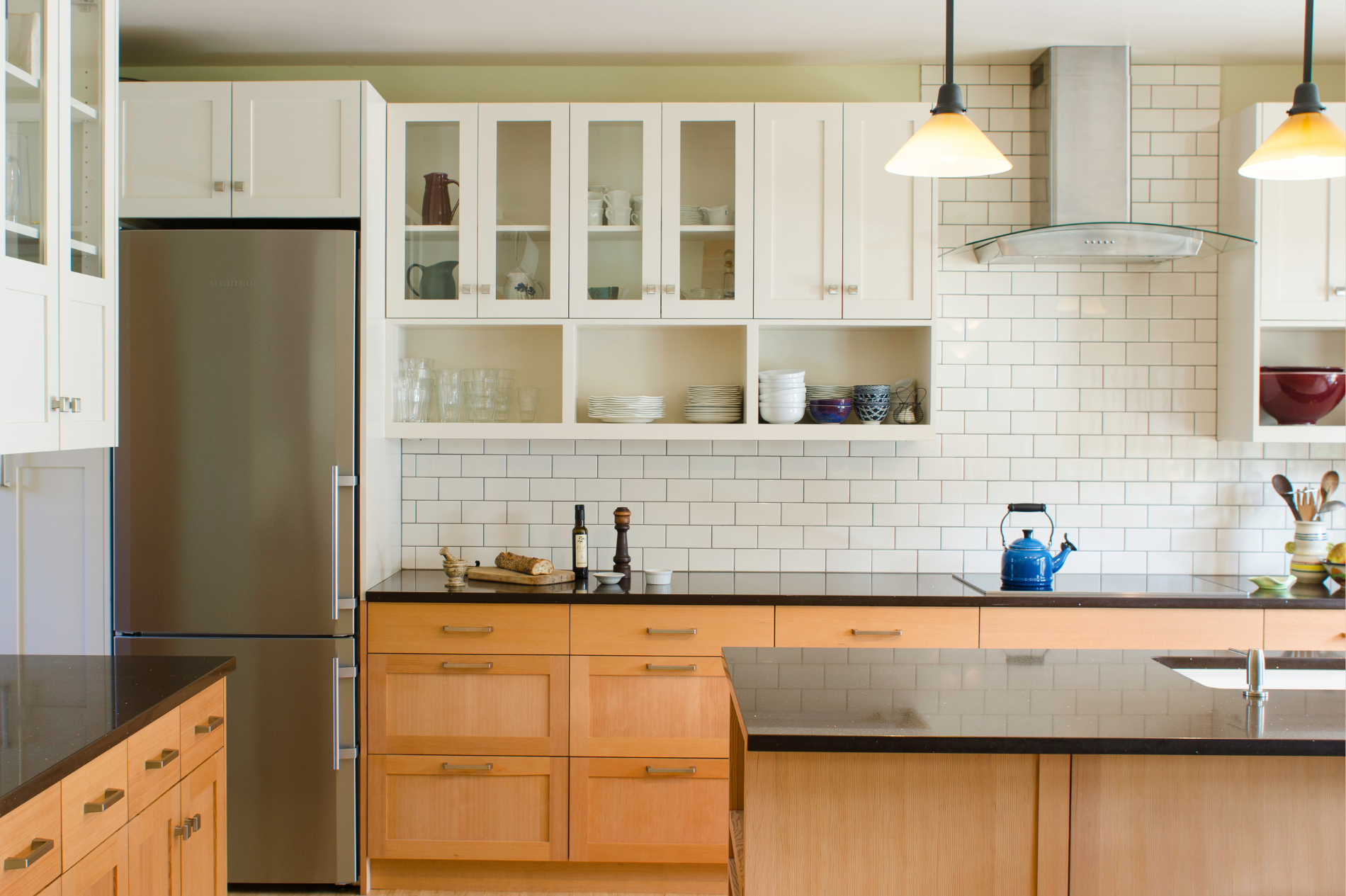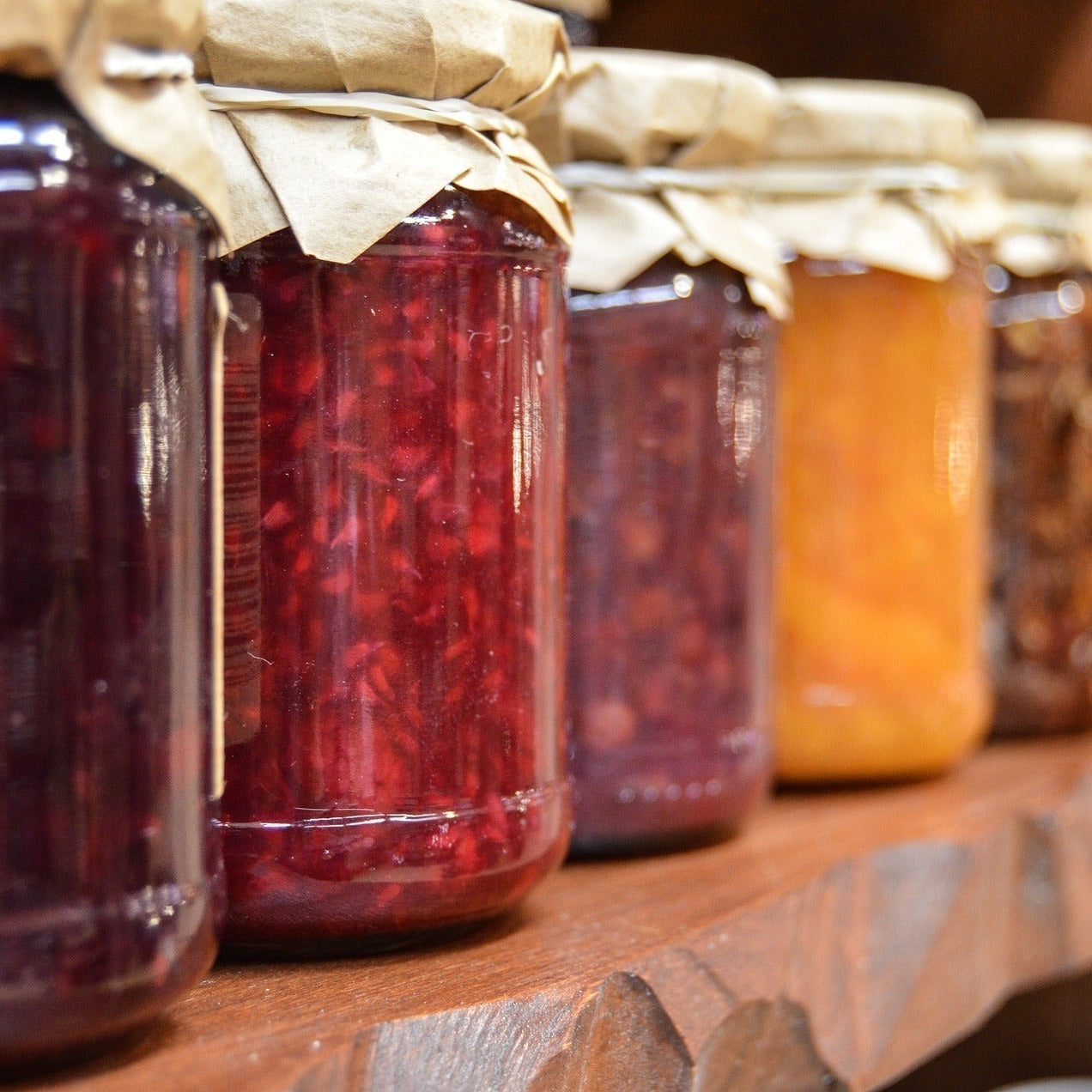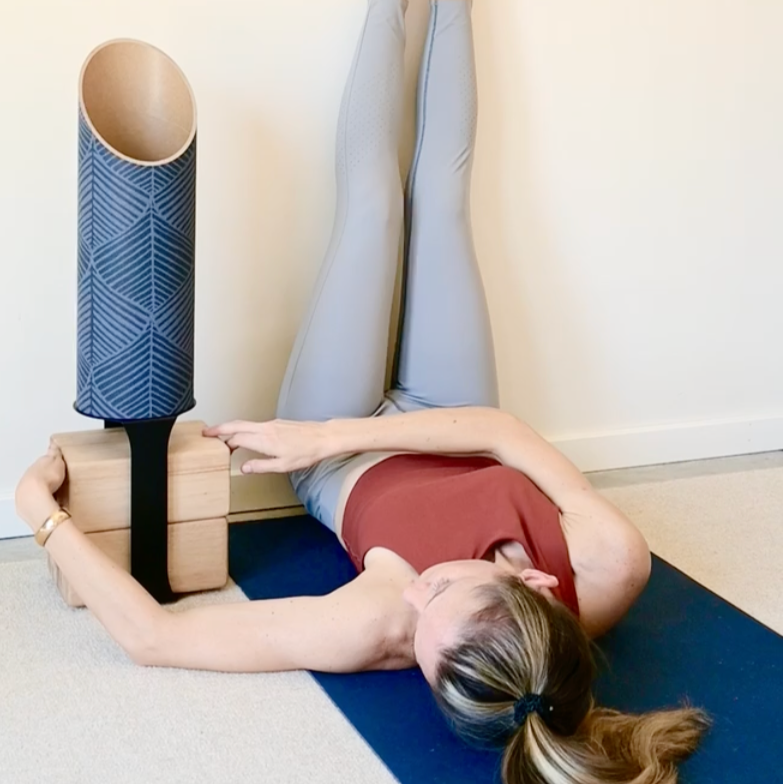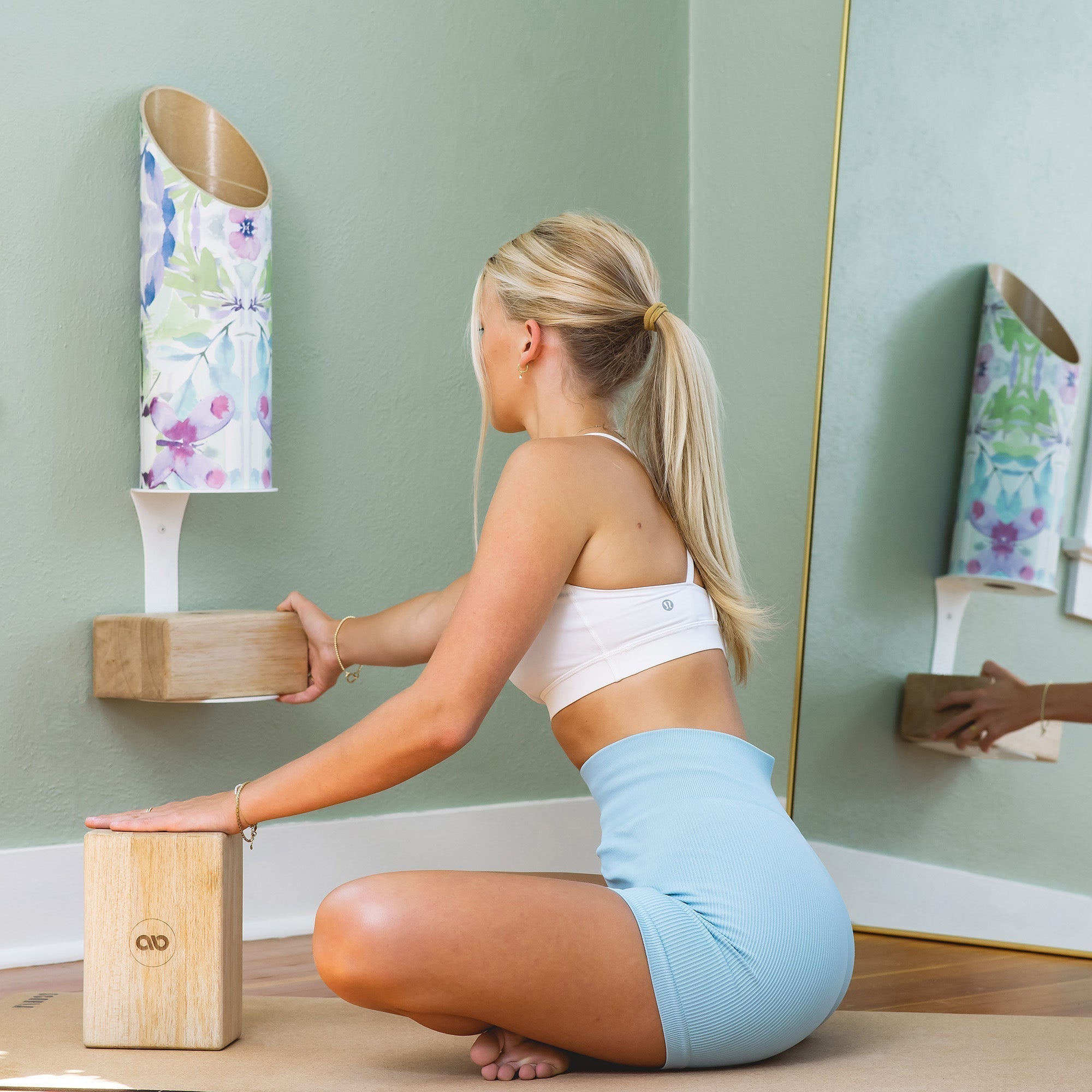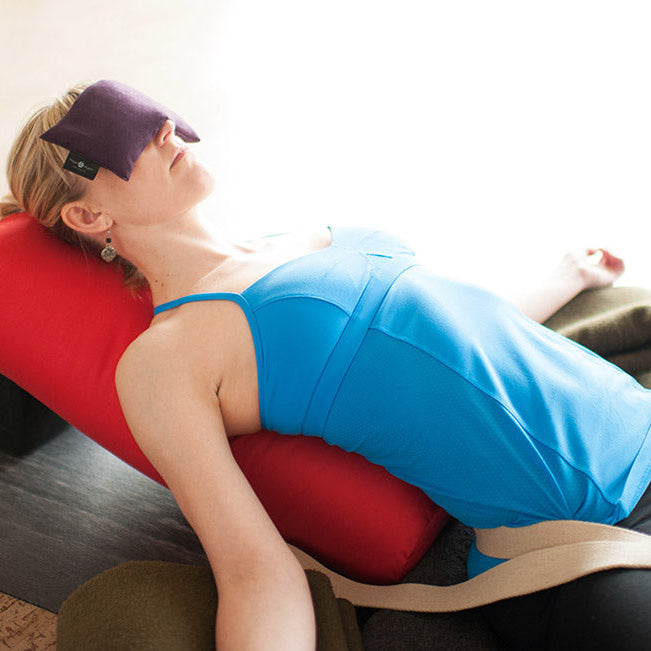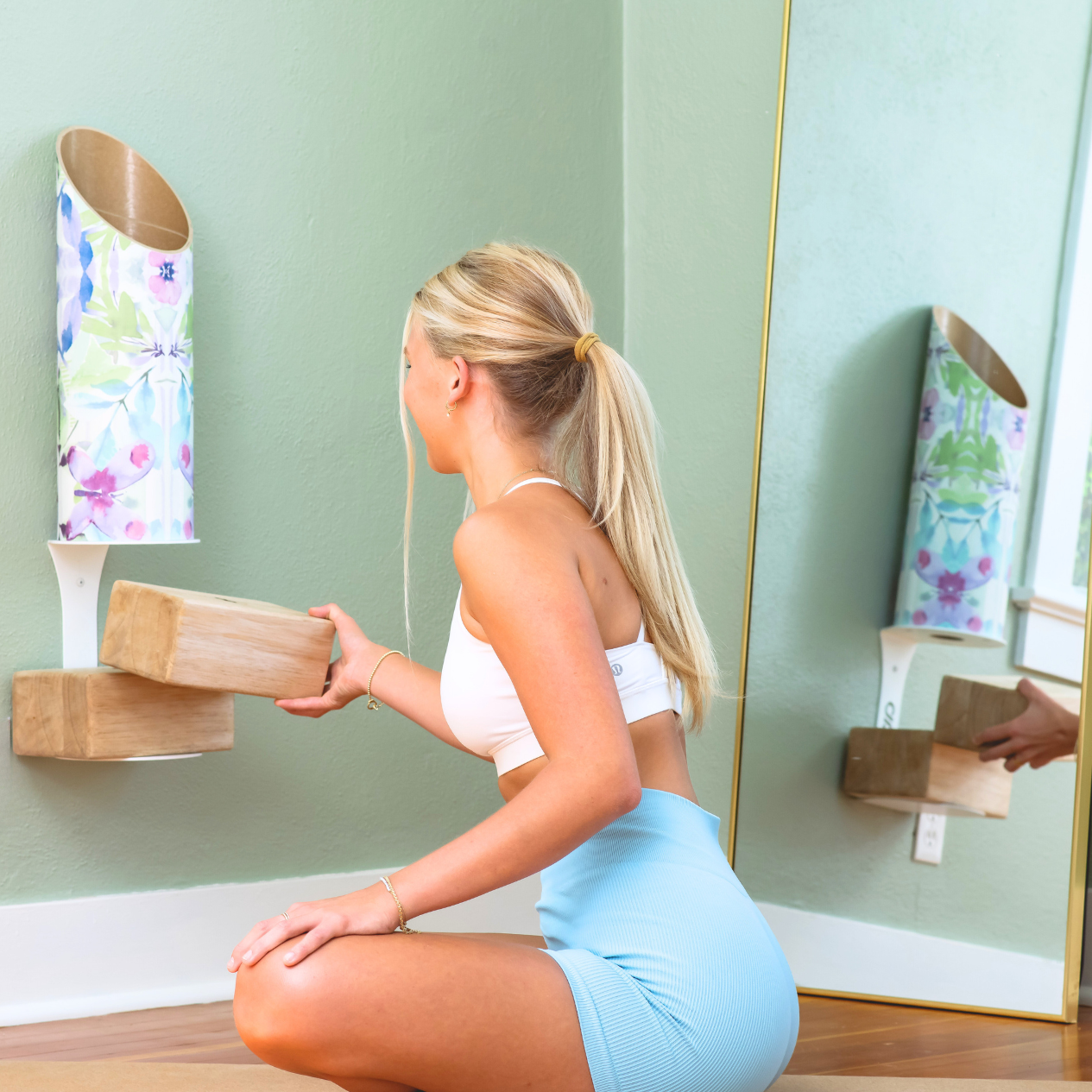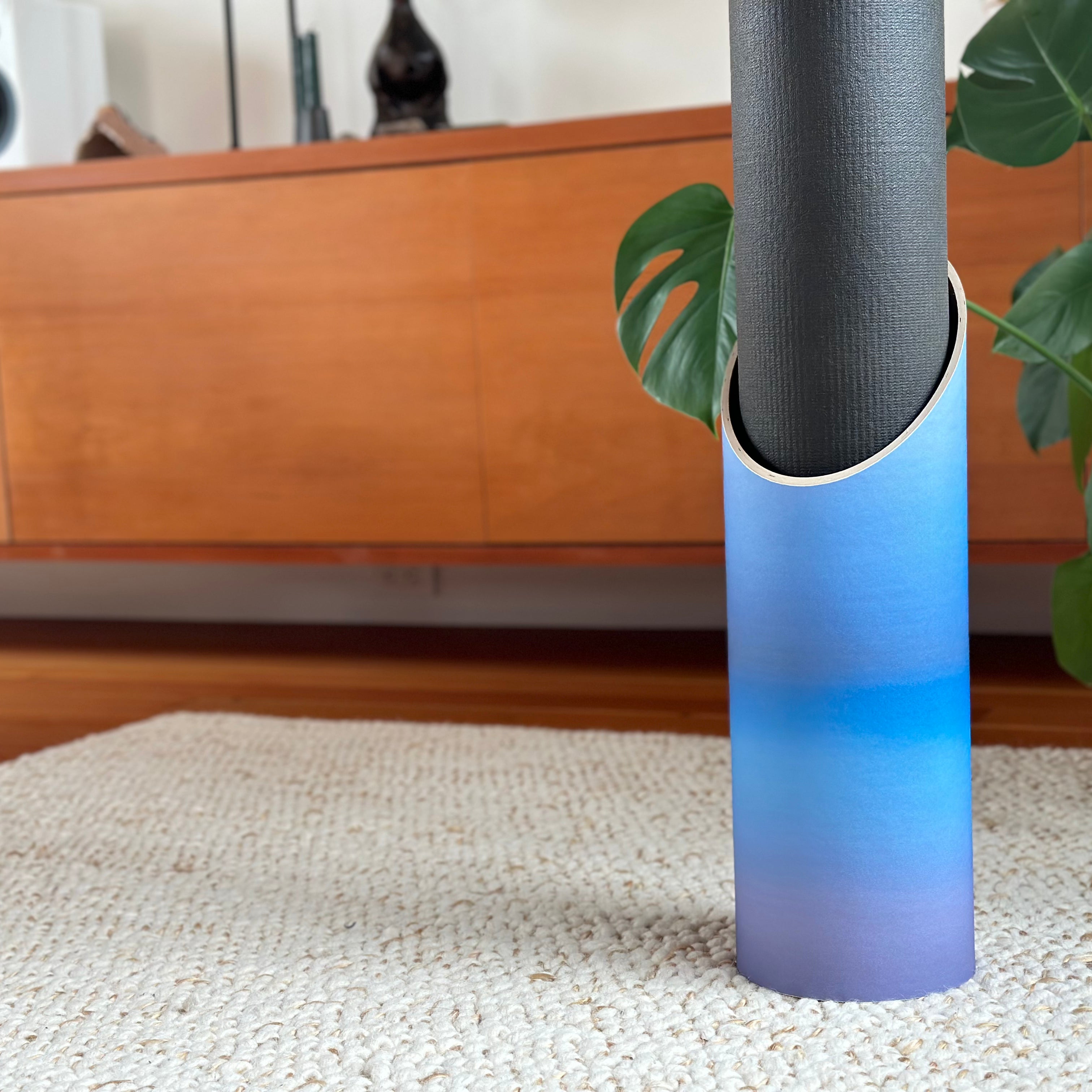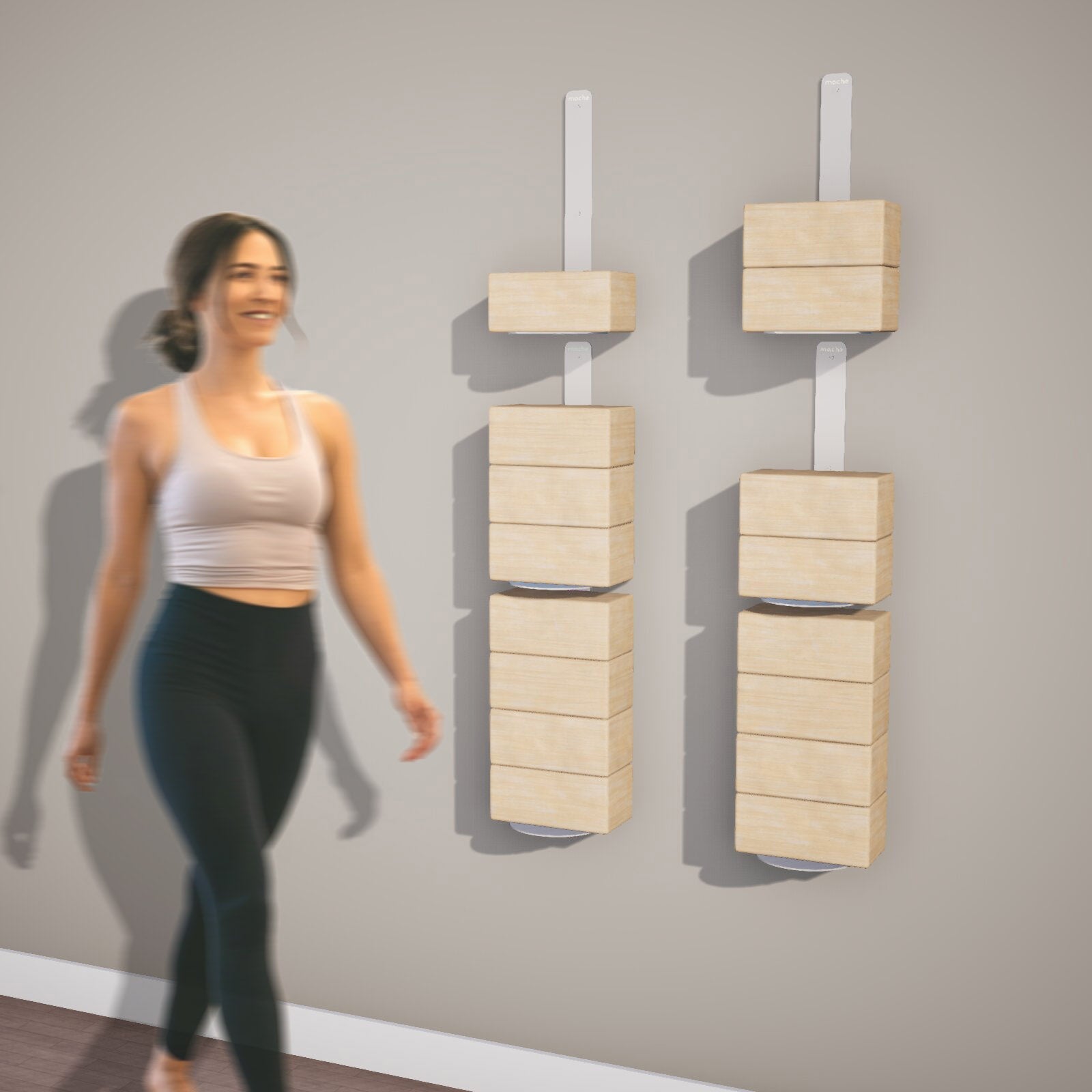Welcome to the era of Wellness Design, where aesthetics meet functionality to promote well-being in our indoor living spaces. In this article, we'll embark on a journey to understand the principles of Wellness Design, exploring how they manifest in interior design to create life-supporting indoor environments. We will look to Brienne, Mache’s founder, to provide examples from her work at her interior design firm 2Yoke Design, where she started her entrepreneurial career and passionate commitment to Wellness Design. Let's dive in!
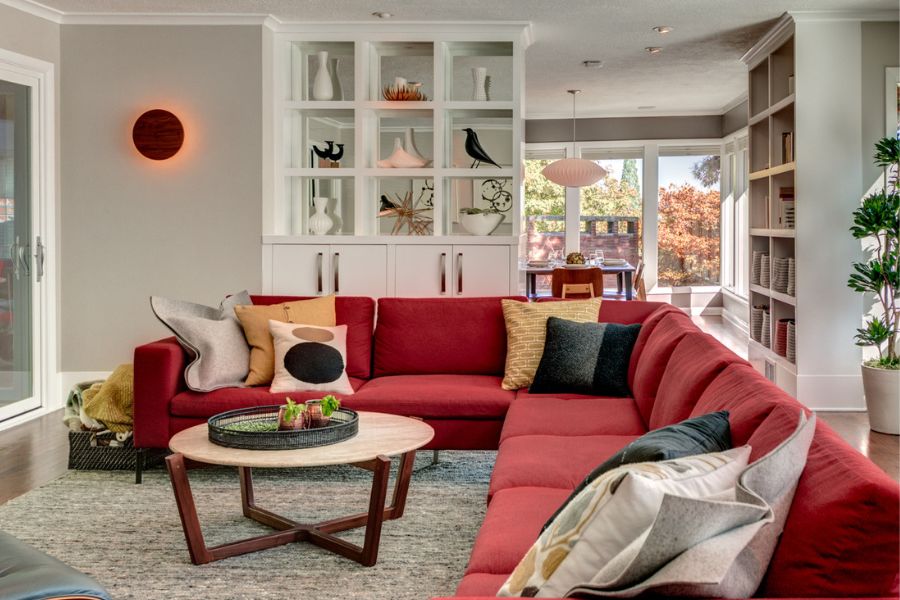
2Yoke Design healthy interior residence in Portland, OR
What is Wellness Design?
Okay, so we have all been steeped in the word “wellness” waaayyy too often as of late. However, there was a day not so long ago, Brienne recalls, about roughly a decade, when wellness was not on the design menu, nor were the concepts of sustainability, non-toxic materials or eco-friendly design.
As the modern world becomes increasingly unwell, with help from overexposure to environmental toxins from nearly every aspect of modern living, the term "Wellness Design" has emerged in response to a growing awareness of the interconnectedness between our environments (both natural and human-made) and our overall well-being as humans. While the concept of designing for wellness indoors has ancient roots (think Feng Shui and its ancient Indian predecessor Vastu Shastra), it gained Western prominence in the late 20th and early 21st centuries with the rise of health-conscious living and sustainability movements.
As a wellness designer, Brienne believes that principles of sustainability and self care are two sides of the same coin, and should be considered as primary objectives throughout the design process. As of the last few decades, Brienne and other design leaders have begun consciously incorporating principles of biophilia, ergonomics, and mindful material selection into their work to create spaces that promote physical, mental, and emotional vibrancy.
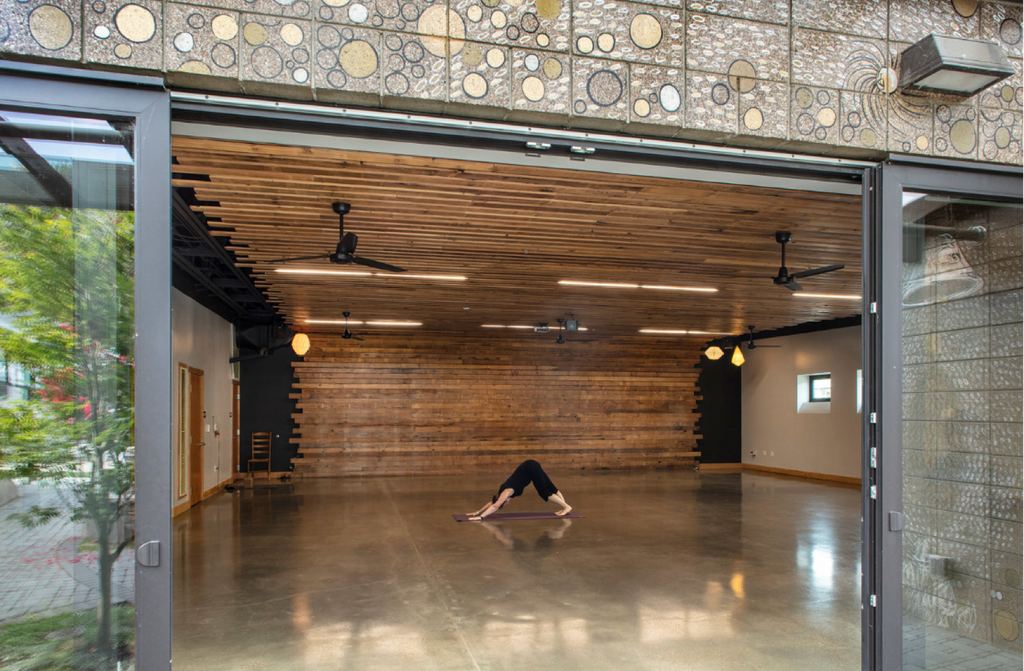
2Yoke Design sustainable wellness center + yoga studio in Portland, OR
Brienne argues that Wellness Design is more than just a trend; it's a philosophy that prioritizes the holistic well-being of individuals within their built environments. This is an especially critical area of study for anyone looking to live the healthiest life possible, considering that most of us spend over 90% of our time indoors. Brienne adds a sense of urgency to the situation in noting that the air we breathe indoors is typically 2-5 times more polluted than that of outside as a result of off-gassing chemicals in everyday household products, building materials, furnishings and decor among other common culprits.
Those who practice Wellness Design with creative subtlety, as Brienne does, seek to create spaces that nourish and rejuvenate the body and mind, perhaps even without the explicit knowledge or buy-in from the space occupant. Brienne aims to integrate the principles of Wellness Design seamlessly into one’s experience of a space, so that the impression one is left with is not that of the designer’s identity, but instead that of an overall feeling of ease and inspiration to live more fully.
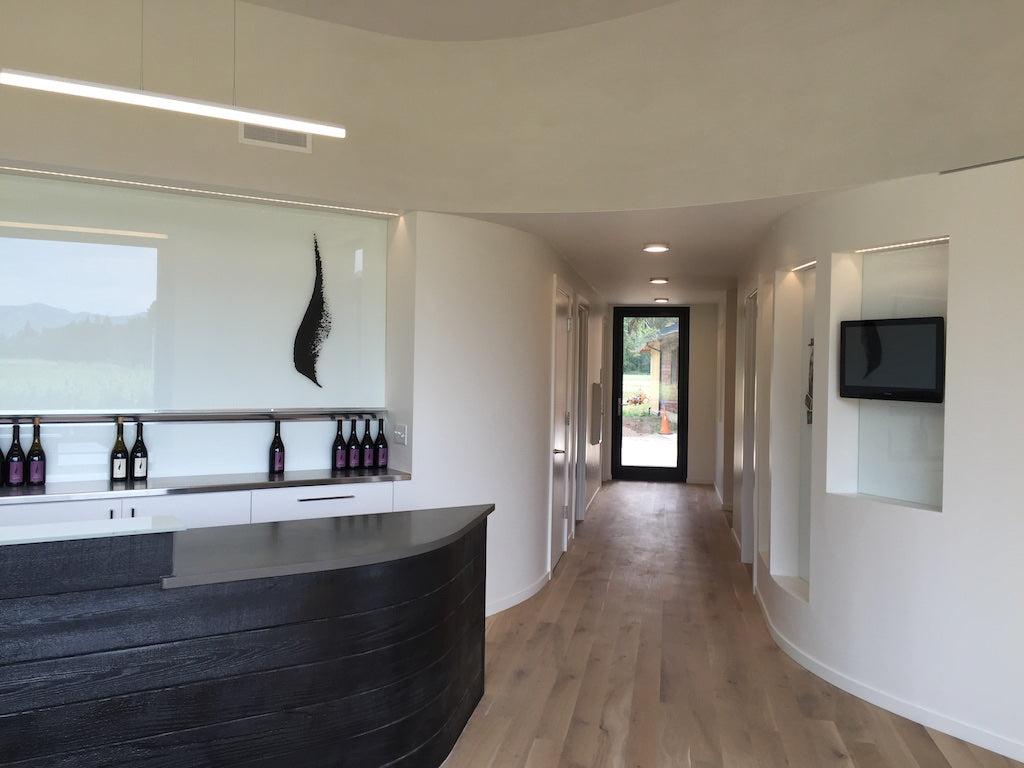
2Yoke Design, Living Building Certified wine tasting room in Jacksonville, OR
Interior Wellness Design: The Art of Creating Healthy Spaces
In the realm of interior design, Wellness Design principles guide the creation of environments that promote harmony and vitality. Imagine stepping into a space where every element is thoughtfully curated to support your well-being, from the spatial layout and lighting levels, to the select choice of materials, colors and textures.
At 2Yoke Design, Wellness Design takes center stage in every project. Their emphasis on natural light, indoor air quality, and ergonomic furnishings ensures that each space not only looks stunning but also feels inviting and rejuvenating. Take, for example, their recent tech office project in San Francisco, where biophilic elements such as living walls and natural wood accents seamlessly blend with bright, modern aesthetics, creating a sanctuary-like atmosphere that promotes relaxation and connection with nature while working in the heart of the city.

2Yoke Design healthy + ergonomic tech office in San Francisco, CA
Wellness Design Principles in Interior Design
- Indoor Air Quality: Prioritize materials and ventilation systems that minimize indoor pollutants and promote clean, healthy air for occupants. Be weary of air filters that over-promise and underdeliver, as they are not all created equally. Review this list for best in class air filters to fit a wide range of budgets.
- Natural Light: Maximize access to natural light to regulate circadian rhythms, boost mood, and reduce reliance on artificial lighting. Your eyes (all three of them) will thank you.
- Biophilia: Incorporate natural elements such as plants, natural light, and water features to connect occupants with nature and promote well-being. Biophilic design elements can do wonders to counteract the negative soul-crushing effects of being around excessive amounts of man-made technology and equipment.
- Ergonomics: Design spaces and products to support proper posture, reduce physical strain, and enhance comfort and productivity. Ergonomics becomes a critical consideration when designing workplaces, however, the principles of ergonomics should not be overlooked whenever designing space for prolonged and regular use, such as in residential bedrooms, laundry rooms, and kitchens.
- Mindful Material Selection: Select non-toxic, sustainable materials that minimize off-gassing and environmental impact while promoting occupant health. Remember that the flaws in natural materials are best when celebrated. You may consider working with Brienne, or other trained Wellness Designer, to help navigate through the deceptive world of greenwashing when selecting interior materials.
- Color + Lighting: Color and light work together to shape our emotional response to a space. Utilize color psychology and intelligent lighting design to create spaces that evoke positive emotions, enhance enjoyment of the activities with the space, and support overall well-being.
- Acoustic Comfort: Incorporate sound-absorbing materials and strategic design elements to minimize noise pollution and create quiet, calming environments. Try to avoid using plastic or foam-based materials for your acoustic mitigation strategy. Instead, look to naturally acoustically absorptive products such as felt, wood, cork, and plaster.
- Thermal Comfort: Design spaces with optimal temperature control to ensure occupant comfort and promote relaxation and productivity. Access to natural ventilation techniques such as cross ventilation and stack ventilation will ensure that the cumulative load of environmental toxins that build up indoors (off-gassing chemicals) may be flushed out of your space easily and regularly, without the use of forced air systems, some of which may compound indoor pollution issues by recirculating toxic and stale air.
- Flexibility + Adaptability: Create versatile spaces and adaptable furniture solutions that accommodate long term changing needs and promote a sense of control and empowerment for occupants. It’s hard to believe that the average interior design is ripped out and redone every seven years or less. Building flexibility and spatial adaptability into your plans from the on set, is often the most eco-friendly decision you can make along the design process.

At Mache, Wellness Design principles drive the creation of products that enhance daily rituals and support healthier lifestyles. From non-toxic yoga blocks and yoga mats to sustainable storage solutions for your yoga gear, these products are designed to elevate the user experience while promoting a regular state of well-being.
Embrace Wellness Design in Your Space
Now that you're familiar with the key principles of Wellness Design and how they're applied in interior design, it's time to bring these concepts into your own space. Whether you're redesigning your home or upgrading your office environment, consider incorporating elements such as natural light, ergonomic furniture, and air-purifying plants to create a healthier and more harmonious environment.
Remember, Wellness Design is not just about aesthetics; it's about creating spaces that support your well-being and enhance your quality of life. So, don't be afraid to get creative and experiment with different design elements to find what works best for you. With a mindful approach and a dash of inspiration from 2Yoke Design, you can transform your space into a sanctuary of wellness and vitality custom-fit to you. Happy designing!
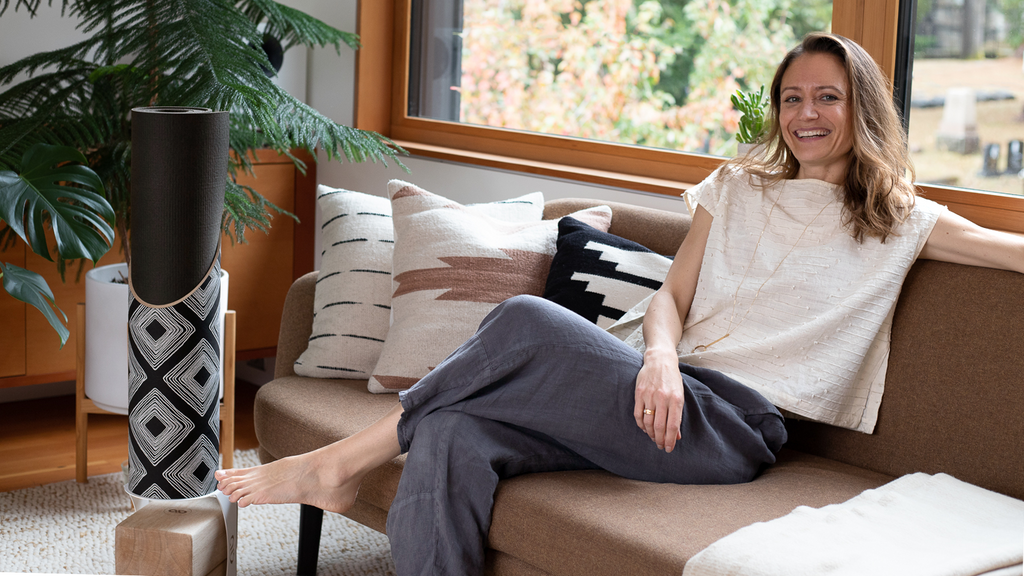
Need some professional help? Brienne is here to assist you with your wellness design project: drop her a line here to discuss details. Or, catch up on this interview with Brienne to learn more about how she applies Wellness Design as a guiding design philosophy, shaping the way she creates environments that support and enhance quality of life.

